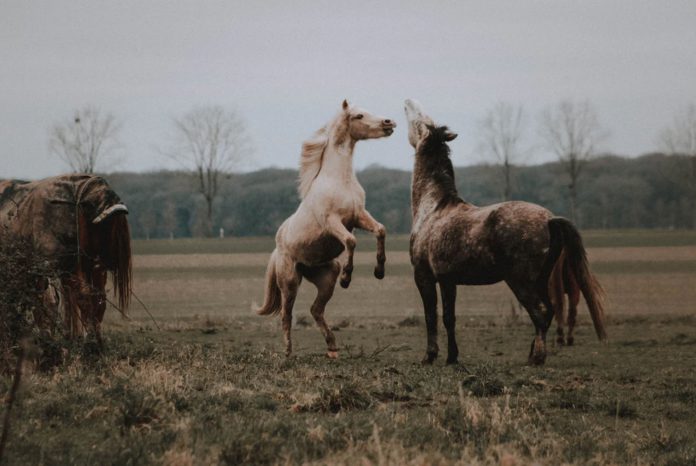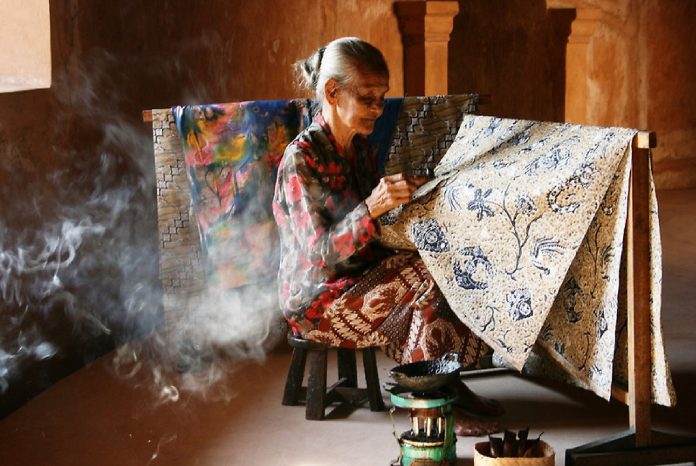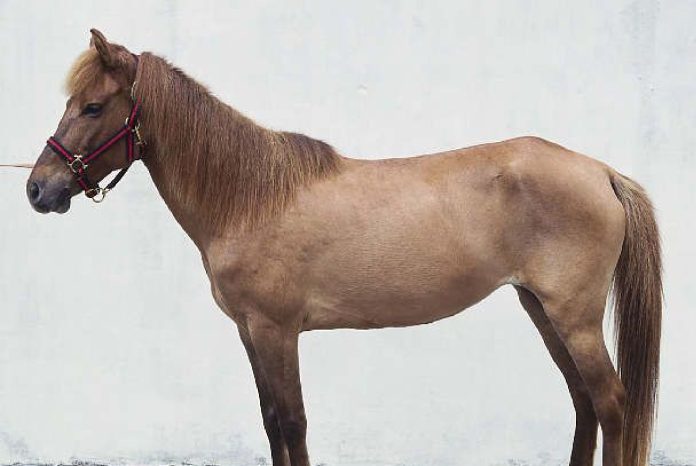Galloping stallions with rippling muscles and the wind in their manes is a symbol of liberation and vitality. It is a pity that we have appropriated the strength and power to a field, so that we can have the pleasure of watching it. True, watching horses on racecourses or in a polo match is adrenaline-rushing and elicits awe. But we cannot avoid the humanitarian and ethical question–is it exploitative to ride horses? With that we are launching into a larger debate about the ethics of equestrian sports and horse riding in general.
It cannot be denied that horses which are primary to equestrian sports are often injured. Race horses sustain the most catastrophic injuries – often musculoskeletal injury – and consequently have the shortest career. Polo ponies, in comparison, have a longer career. Polo requires great manoeuvring, like gaining sudden speed, stopping abruptly or navigating directions. These have a shock effect on the horse, resulting in lasting trauma. Injuries can also happen from the close contact between players on field. Fatigue is a major issue for polo ponies for they have to cover long distances, especially in outdoor polo. The ground is significant for ensuring the horses’ safety – soft fields, or uneven sandy training arenas are not recommended. Moreover, polo being a right-handed sport, it exerts constant strain on the horses’ necks. Polo ponies are tied in a row of five for training. It has its benefits but affects the animals adversely, causing lower limb injuries.
Mostly horses are picked up for training for polo at around two or three years of age and are trained for a couple of years after which they become ready for the game. However, not all trainers are equally compassionate and race horses are roped in at an earlier age. This is a grave issue, because the bone structure in a horse takes at least five years to develop completely. Not paying heed to it damages a horses’ back and displaces its vertebral growth plates, causing pain and lasting injury.
However, equestrian sports are not to be blamed alone. Pleasure riding can affect a horse negatively too: wrong postures, legs dangling and trying to control the animal using force can all have negative impacts. As equine trainer, Riyad Gandhy says, “It’s not always about the simple act of riding, recreational or competitive, is not injurious to horses, however it CAN be injurious, either physically or mentally if done improperly and without the interest of the horse in mind. It is not about ‘what’ you do, but ‘how’ you do it. Also, the answer to whether riding is injurious to horses will always have a large grey area, it would depend on numerous factors such as the age/maturity of the horse, soundness, suitability of the horse to its discipline/rider, skill of the rider/trainer, and most importantly the skill and training philosophy of the rider/trainer.”
There’s an increased attention towards building communication between the horse and the rider. But is that the solution? “We were finding mutual communication on equal ground. Or so I thought at the time. Yes, I had gotten better at listening to her, but in the end, I still wanted her to do what was mostly fun for me,” says Fenza, who is rethinking her relationship with horses after riding for 15 years.
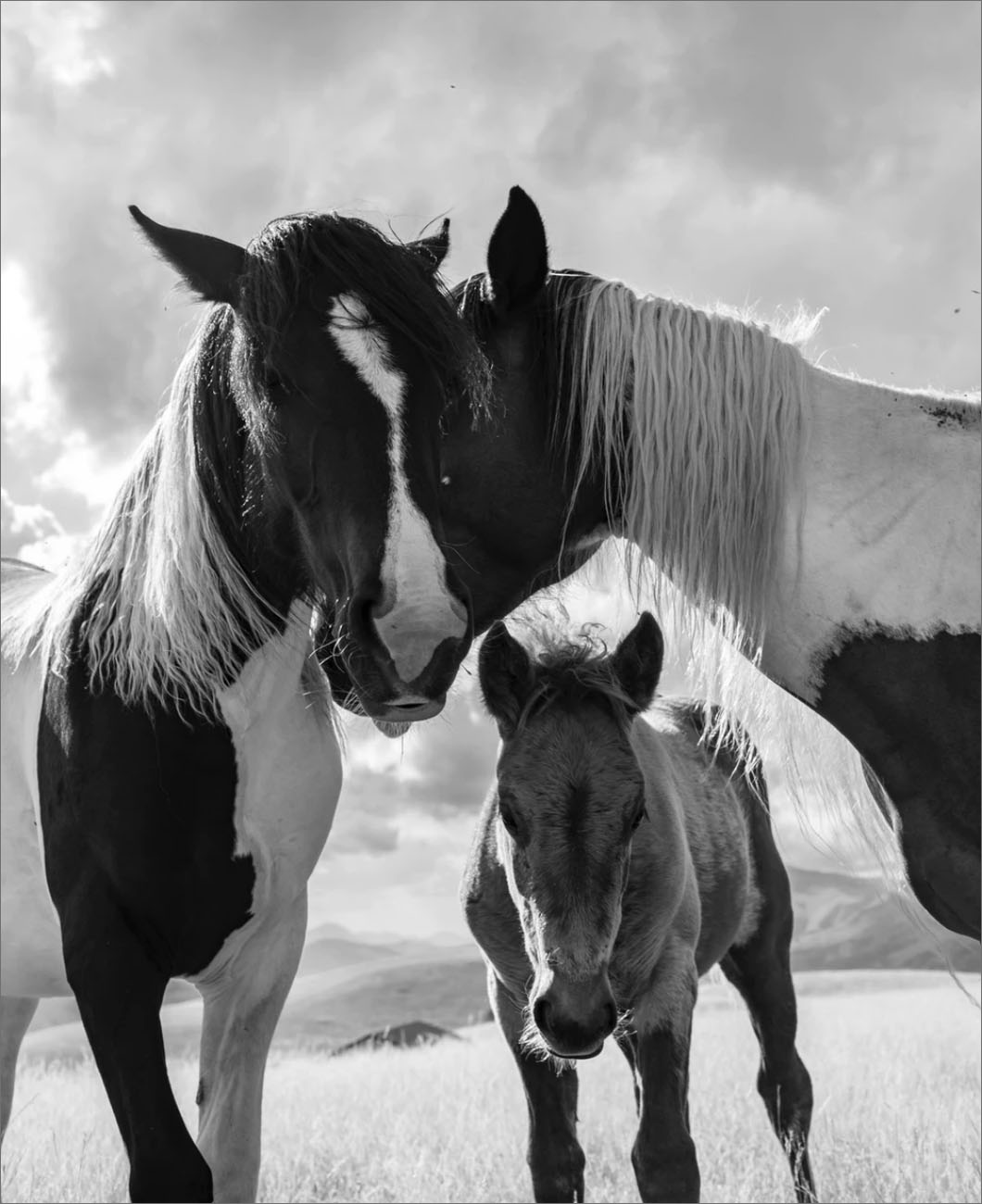
According to her, “Riders find the best saddles, the softest blankets, the most comfortable girths–but all these contraptions still have one thing in common: they can’t eliminate the pressure that is caused on the horses’ tissue. Since I can’t condone riding anymore, I’m not sure what to answer here. Riding can cause damage to the horse from the very first minutes of riding. It doesn’t feel right to me to recommend a way to get around stopping the practice of riding our horses.”
“For a start, one must listen to the horse and see how fluently it expresses its emotions. Look out for signs of resistance like rearing or bucking and try to interpret them,” Fenza states.
While not riding at all is perhaps impossible, Gandhy’s insight is a great assurance. All agree that nothing is natural about roping in horses in the human context, but there can be an attempt to naturalise it as much as possible and be considerate to equines. Natural horsemanship is one such way. Simply put, it is a training method that takes into consideration the psychology of the horses and implements versatile techniques. Rather than controlling it through fear or violent ways, it gives space to the horse and its necessities.
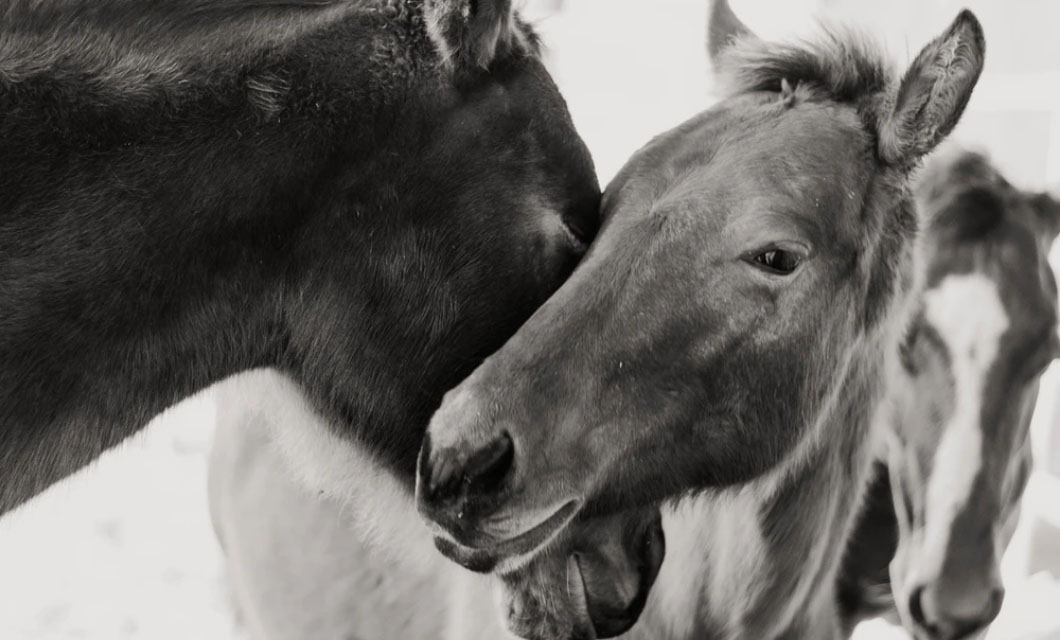
There has been a shift in the idiosyncrasies of people so that horses are now seen more as partners rather than simply an equipment or tool. It is these changing perspectives about horses that are giving rise to newer training methods like natural horsemanship that are considering horse psychology. Manjeev Chaudhary of Natural Horsemanship India is one of the torch bearers of this change. Sharing his experience with wild mustangs, he says: “When you understand how their herd dynamics are, and if you work with them in a way, that is natural to them, I guess that is horsemanship done naturally.” Chaudhary elaborates the technique to LA POLO. “These training methods have been very useful in other parts of the world for more than five decades. It is making sense to the other part of the world now. I work with racehorses as well, I start them, I give them the experience of their first saddle & their first rider. Because this is a happy memory, therefore the horse will be more confident in equestrian tasks (less training time), a horse will have a better life because everybody likes happy and gentle horse. These things had been observed well by stud owners and equine owners.”
And a great example is set by Norway for being a whip free racing country.
That is great hope for true equine lovers. Bareback riding is a way of natural horsemanship though it requires great skill on the part of the rider. It essentially means riding without the saddle. If the rider is not efficient it can be uncomfortable for both. But on the bright side, moving the rider’s seat according to the rhythm of the animal facilitates a deep communication between the horse and rider.
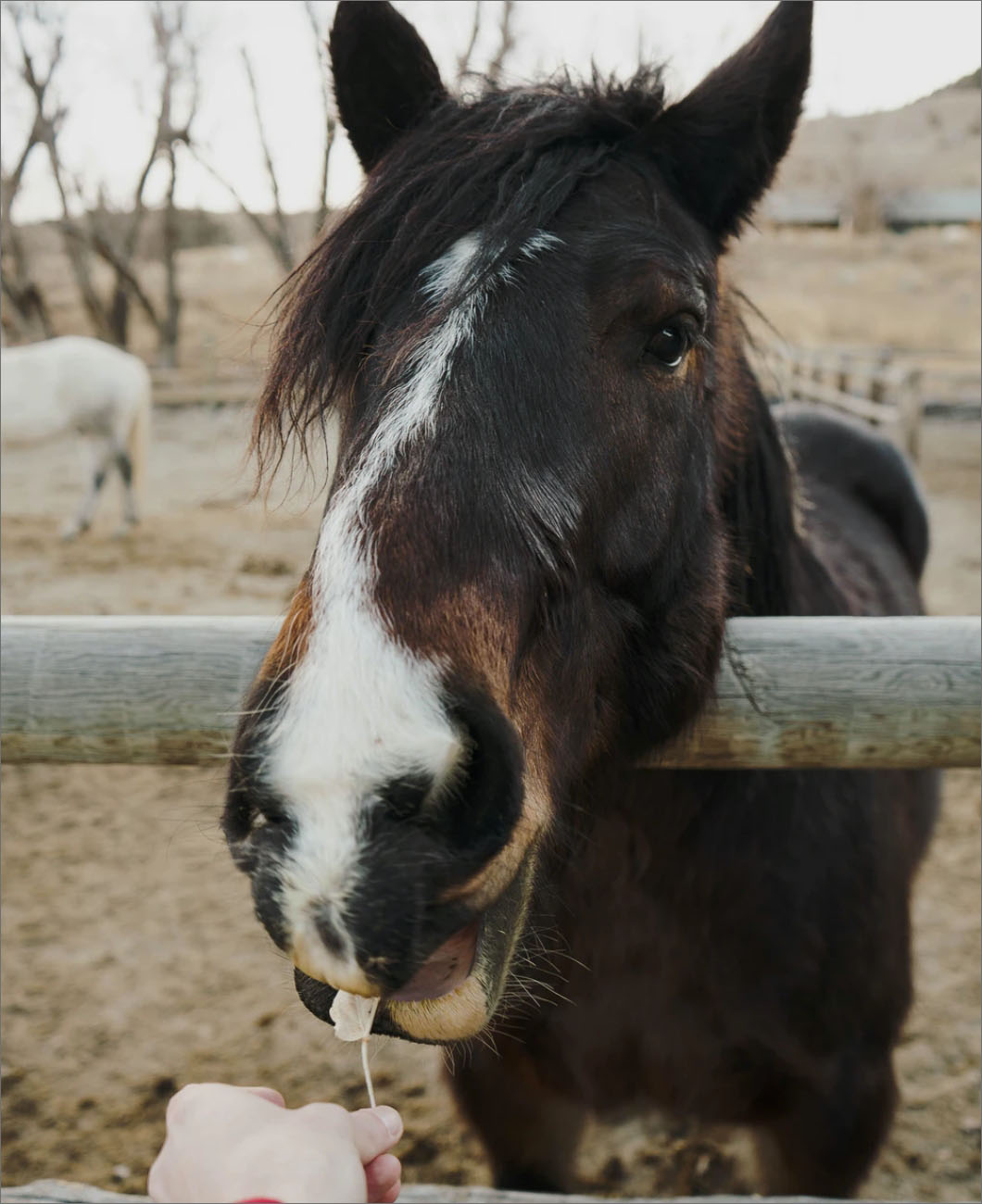
The unique bond between a horse and man is used as a therapeutic method by doctors for patients with autism, PTSD people. Reports show the startling rate of improvement in such patients, which also speaks in favour of riding.
Thus there is no ready solution, no moral answer to whether riding is ethical or not. We cannot forget the unnatural setup, captivity of horses and the lack of consent. So the least we can do is make the experience pleasurable for them. For centuries, humans have manipulated horses for their purpose, and taken a selfish pleasure in controlling these fierce creatures. Now is the time to undo that, and find newer ways to love and co-exist with these fascinating beasts.


